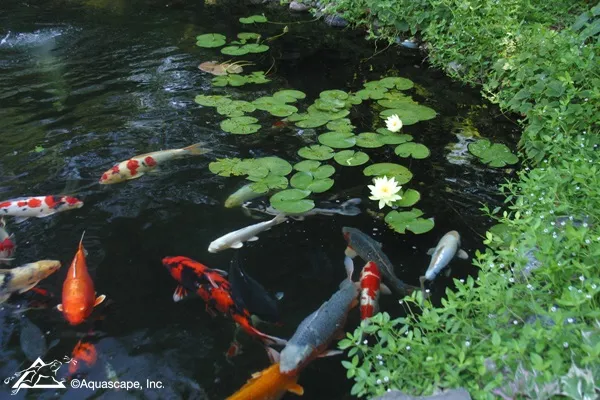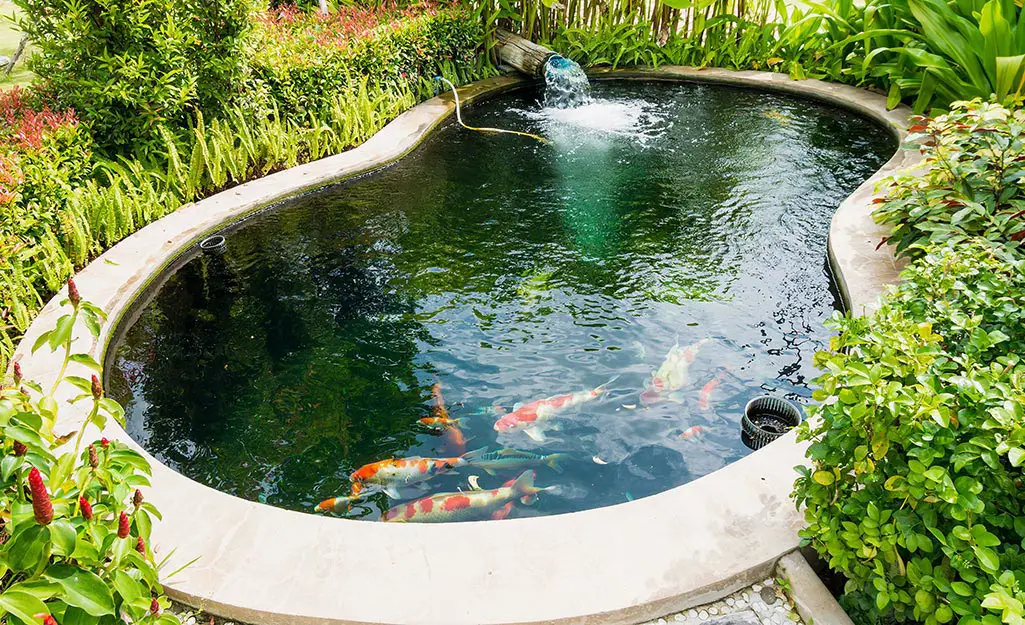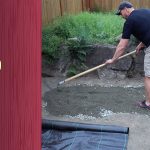Fishing in a pond can be a relaxing and rewarding experience for beginners. Whether you’re looking to spend some quiet time in nature or hoping to catch your dinner, pond fishing is a great way to enjoy the outdoors. In this guide, we’ll walk you through the basics of pond fishing and provide tips for a successful and enjoyable fishing trip.

Credit: www.aquascapeinc.com
Choosing the Right Gear
Before you head out to the pond, it’s important to make sure you have the right gear. Here are the essential items you’ll need for a successful fishing trip:
- Rod and Reel: A basic rod and reel combo is sufficient for pond fishing. Look for a lightweight and easy-to-use option that’s suitable for beginners.
- Fishing Line: Choose a fishing line that’s appropriate for the type of fish you’ll be targeting. Monofilament line is a good choice for beginners, as it’s versatile and easy to handle.
- Hooks and Baits: Pack a variety of hooks and baits to increase your chances of catching fish. Worms, artificial lures, and small jigs are popular choices for pond fishing.
- Tackle Box: Keep your gear organized in a tackle box that’s easy to carry and access. Include a pair of pliers, line clippers, and other essential tools.
- Bobbers and Sinkers: Bobbers help keep your bait at the right depth, while sinkers can be used to weigh down your line in deeper waters.
- Appropriate Clothing: Dress for the weather and wear comfortable, waterproof shoes to ensure a pleasant fishing experience.

Credit: splashsupplyco.com
Finding the Right Spot
Once you have your gear ready, it’s time to find the perfect spot for fishing. Here are a few tips for choosing the right location:
- Shoreline Fishing: If you’re new to fishing, start by fishing from the shoreline. Look for areas with overhanging trees, submerged logs, or aquatic plants, as these can provide shelter for fish.
- Shallow vs. Deep Water: Pay attention to the depth of the water. Shallow areas near the shore are ideal for catching smaller fish, while deeper water may be home to larger species.
- Observe the Wildlife: Watch for signs of fish activity, such as ripples on the water’s surface or jumping fish. Birds and other wildlife can also indicate the presence of fish in the area.
- Check Local Regulations: Before you start fishing, make sure to check local regulations and obtain any necessary permits or licenses. Some ponds may have specific rules regarding catch limits and fishing methods.
Techniques for Pond Fishing
Now that you’ve found the perfect spot, it’s time to put your fishing skills to the test. Here are some basic techniques to help you catch fish in a pond:
- Bobber Fishing: Attach a bobber to your line and add a baited hook below it. Cast your line and wait for the bobber to move, indicating that a fish is nibbling at your bait.
- Bottom Fishing: Use a sinker to weigh down your line and keep your bait closer to the bottom of the pond. This technique is effective for catching fish that feed near the pond’s floor.
- Casting and Retrieving: Practice casting your line out into the water and reeling it back in at a steady pace. This method is commonly used with artificial lures to attract fish.
- Patience and Observation: Fishing requires patience and keen observation. Pay attention to your surroundings and be prepared to wait for the right moment to reel in your catch.
Respecting the Environment
While pond fishing can be an enjoyable pastime, it’s important to be mindful of the environment and wildlife around you. Here are some tips for practicing responsible fishing:
- Properly Dispose of Waste: Always clean up after yourself and dispose of any trash or fishing line in designated bins. This helps protect the pond and its inhabitants from pollution.
- Handle Fish with Care: If you catch a fish, handle it gently and release it back into the water if you do not plan to keep it. Proper catch-and-release techniques help maintain the pond’s fish population.
- Respect Wildlife: Avoid disturbing nesting birds, turtles, or other wildlife that call the pond home. Keep a respectful distance and observe from afar.
Conclusion
Fishing in a pond can be a fulfilling and peaceful experience for beginners. By choosing the right gear, finding the perfect fishing spot, and practicing responsible fishing techniques, you can enjoy a successful and enjoyable fishing trip. Remember to respect the environment and wildlife around you, and always adhere to local fishing regulations to ensure a positive fishing experience for yourself and others.
Whether you’re looking to catch your dinner or simply unwind in nature, pond fishing is a wonderful way to connect with the outdoors and appreciate the beauty of aquatic ecosystems. So, grab your gear, find a peaceful pond, and enjoy the art of fishing!





